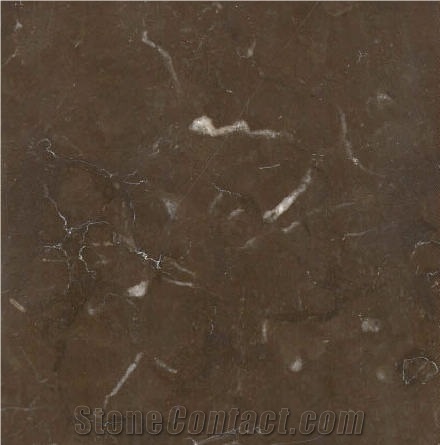Can Poland's Debnik Limestone be used exterior applications in very rainy climates?
Polands Debnik Limestone can generally be used in exterior applications in rainy climates. However, there are several factors to consider before using it in such conditions:
1. Porosity: Debnik Limestone is a natural stone that varies in its level of porosity. Some types of limestone have higher porosity and may absorb water, leading to staining or deterioration over time. It is advisable to choose a low-porosity variety of Debnik Limestone for exterior use in rainy climates.
2. Freeze-thaw cycles: In areas with frequent freeze-thaw cycles, water can penetrate the limestone and freeze, causing it to crack or spall. Proper sealing and installation techniques can minimize this risk, but it is important to ensure that the limestone is suitable for freezing conditions.
3. Maintenance: Regular maintenance is crucial for limestone in rainy climates. Periodic cleaning and sealing can help protect the stone from water damage and maintain its appearance over time.
4. Installation: Proper installation techniques, including proper drainage and waterproofing measures, are essential to prevent water infiltration and ensure the longevity of Debnik Limestone in exterior applications.
Consulting with a local stone supplier or installer with experience in using Debnik Limestone in rainy climates is recommended. They will be able to provide specific advice and ensure the stone is suitable for the intended application.
Polands Debnik Limestone can generally be used in exterior applications in rainy climates. However, there are several factors to consider before using it in such conditions:
1. Porosity: Debnik Limestone is a natural stone that varies in its level of porosity. Some types of limestone have higher porosity and may absorb water, leading to staining or deterioration over time. It is advisable to choose a low-porosity variety of Debnik Limestone for exterior use in rainy climates.
2. Freeze-thaw cycles: In areas with frequent freeze-thaw cycles, water can penetrate the limestone and freeze, causing it to crack or spall. Proper sealing and installation techniques can minimize this risk, but it is important to ensure that the limestone is suitable for freezing conditions.
3. Maintenance: Regular maintenance is crucial for limestone in rainy climates. Periodic cleaning and sealing can help protect the stone from water damage and maintain its appearance over time.
4. Installation: Proper installation techniques, including proper drainage and waterproofing measures, are essential to prevent water infiltration and ensure the longevity of Debnik Limestone in exterior applications.
Consulting with a local stone supplier or installer with experience in using Debnik Limestone in rainy climates is recommended. They will be able to provide specific advice and ensure the stone is suitable for the intended application.
 Poland
(Dębnik, district of Gmina Krzeszowice, Kraków County, Lesser Poland)
Poland
(Dębnik, district of Gmina Krzeszowice, Kraków County, Lesser Poland)















